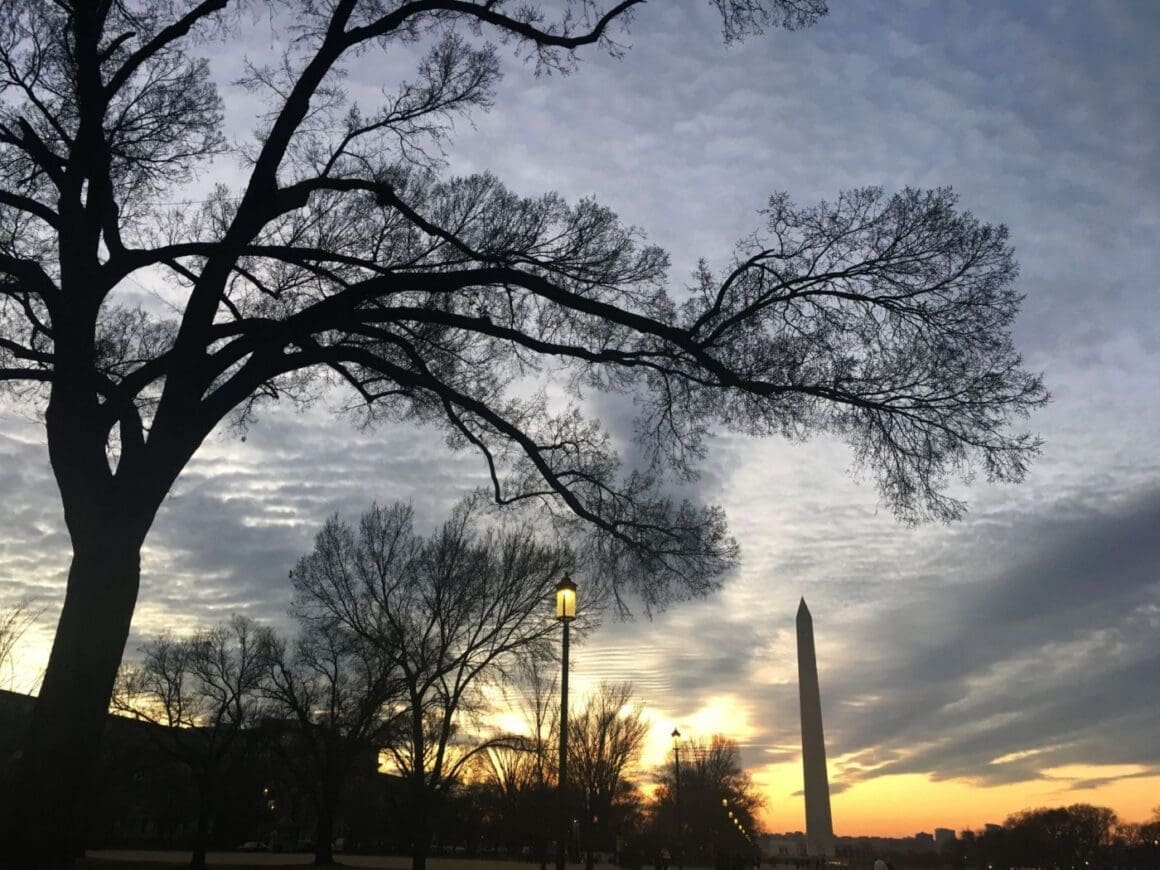The approaching winter solstice, set for this Saturday, signals a significant astronomical event in the Northern Hemisphere as it heralds the shortest day and longest night of the year. This occurrence typically falls between December 20-23 and is a moment of both celebration and reflection in many cultures, as it marks the turning point after which daylight hours will gradually begin to increase.
The spectacle of the winter solstice has inspired countless traditions and rituals throughout history. For many, the darkened skies provide the perfect backdrop for festive lights and seasonal decorations that create warmth and cheer during the coldest, darkest months. Cozy blankets, hot beverages, and gatherings with loved ones become particularly cherished as people embrace the lengthy nights. This is also a time when many cultures celebrate the return of the sun, symbolizing hope and renewal.
For those who crave more sunshine during this period, an interesting alternative is to travel to the Southern Hemisphere, where summer is in full swing, offering longer days and warmer weather. Popular destinations for sun-seekers might include Australia, South America, or parts of Southern Africa, where the sun shines brightly, contrasting sharply with the wintry conditions in northern regions.
The science behind the winter solstice relates to Earth’s axial tilt and its orbit around the sun. The Earth is tilted at an angle of approximately 23.5 degrees, which leads to an unequal distribution of sunlight across the planet throughout the year. During the winter solstice, the Northern Hemisphere is tilted the farthest away from the sun, resulting in shorter daylight hours. Conversely, the summer solstice, occurring around June 20-22, sees the Northern Hemisphere tilted towards the sun, allowing for longer days and shorter nights.
Moreover, the changing seasons have been observed since ancient times, with various civilizations constructing monuments that align with the solar patterns. Stonehenge, with its prehistoric stone circle in England, and the Torreón at Machu Picchu in Peru are prime examples exemplifying humanity’s profound connection to the celestial transitions. These structures reflect the significance of the solstices to early cultures, helping them mark time and align agricultural practices with the seasons.
In addition to the solstices, the equinoxes—occurring in March and September—represent times in the year when day and night are approximately equal in length, providing a balance in the solar cycle. These astronomical events play a critical role in determining the four seasons, with meteorological seasons focusing on weather patterns, while astronomical seasons are dictated by Earth’s orientation to the sun.
As the winter solstice approaches, it’s a reminder to embrace the beauty of the season and the cyclical nature of time. People can look forward to the gradual lengthening of daylight following the solstice, a sign that brighter days are ahead. Whether through the lens of science, tradition, or personal reflection, the winter solstice invites a moment to honor the rhythms of nature and the shared human experience during this unique time of year.













